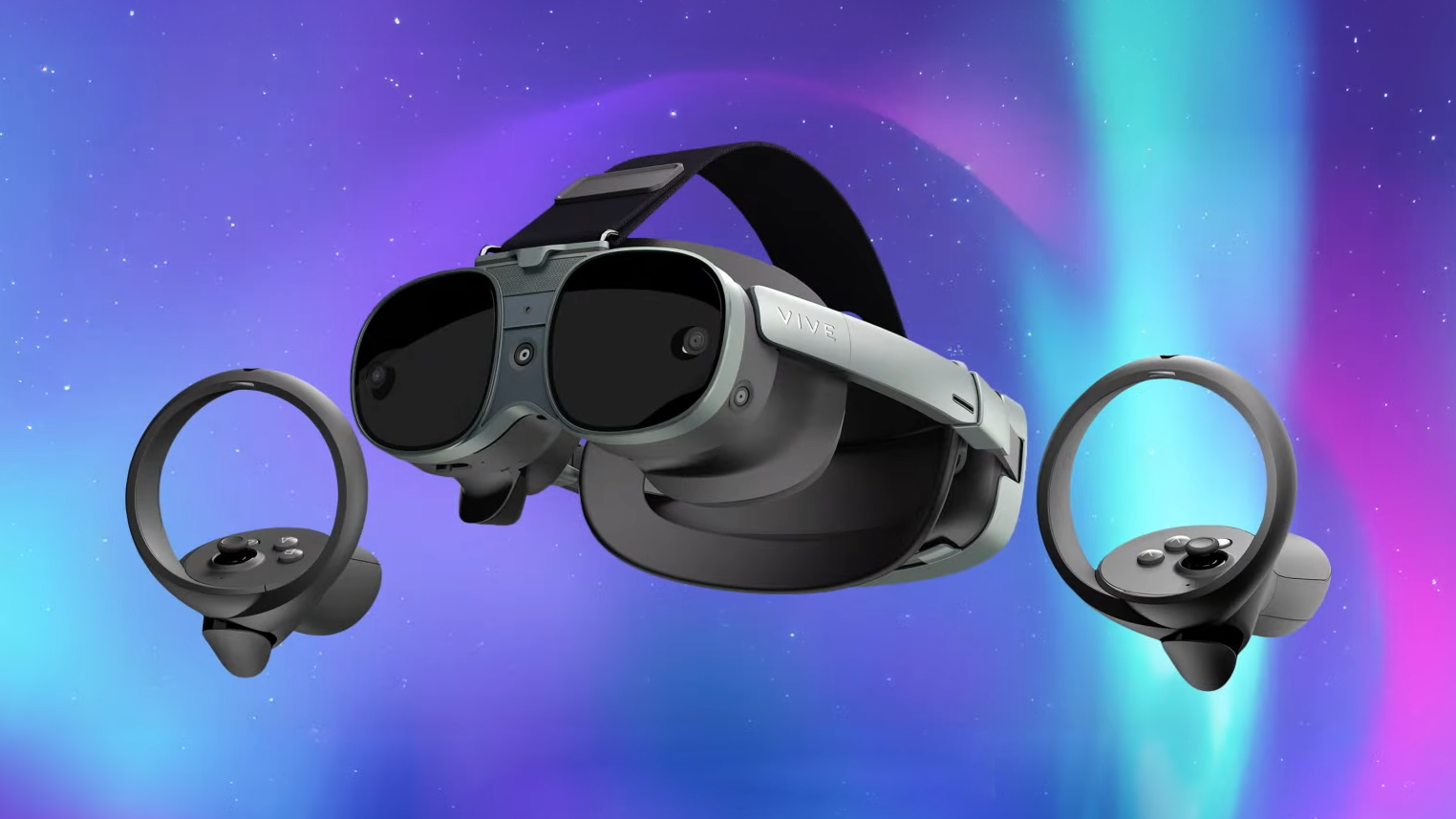The new price brings Vive XR Elite below Quest Pro, but still significantly higher than Quest 3, which has the newer XR2 Gen 2 chipset with twice the GPU power, and superior dual-element pancake lenses with a wider field of view and sharper image. What you can’t get with Quest 3 however is face and eye tracking, available for Vive XR Elite with a $200 addon. Still, those features are available on Quest Pro for $1000, less than even the new $1100 total price of Vive XR Elite and the addon. As such, it’s unclear what exactly Vive XR Elite’s consumer proposition is against its competition. One argument for Vive XR Elite is that it has built-in compatibility for Vive Ultimate Trackers, including body tracking in both the standalone and PC versions of VRChat.
To me, manufacturers cannot make a smarter move than what Pimax did with their new headset. Give it a standalone version for a lot, or the same HMD but PCVR only for a reasonable price. If this headset was 900 with standalone and, say, 650 without, that’d be great.
Agreed. I find the compression that you get if you stream from a PC to a standalone headset very noticeable and would much rather have a tether for no artifacts. Another benefit is the lower weight since a battery is not needed. I think HTC could compete with the BS Beyond if they went this route since their standalone headset is already so light.



